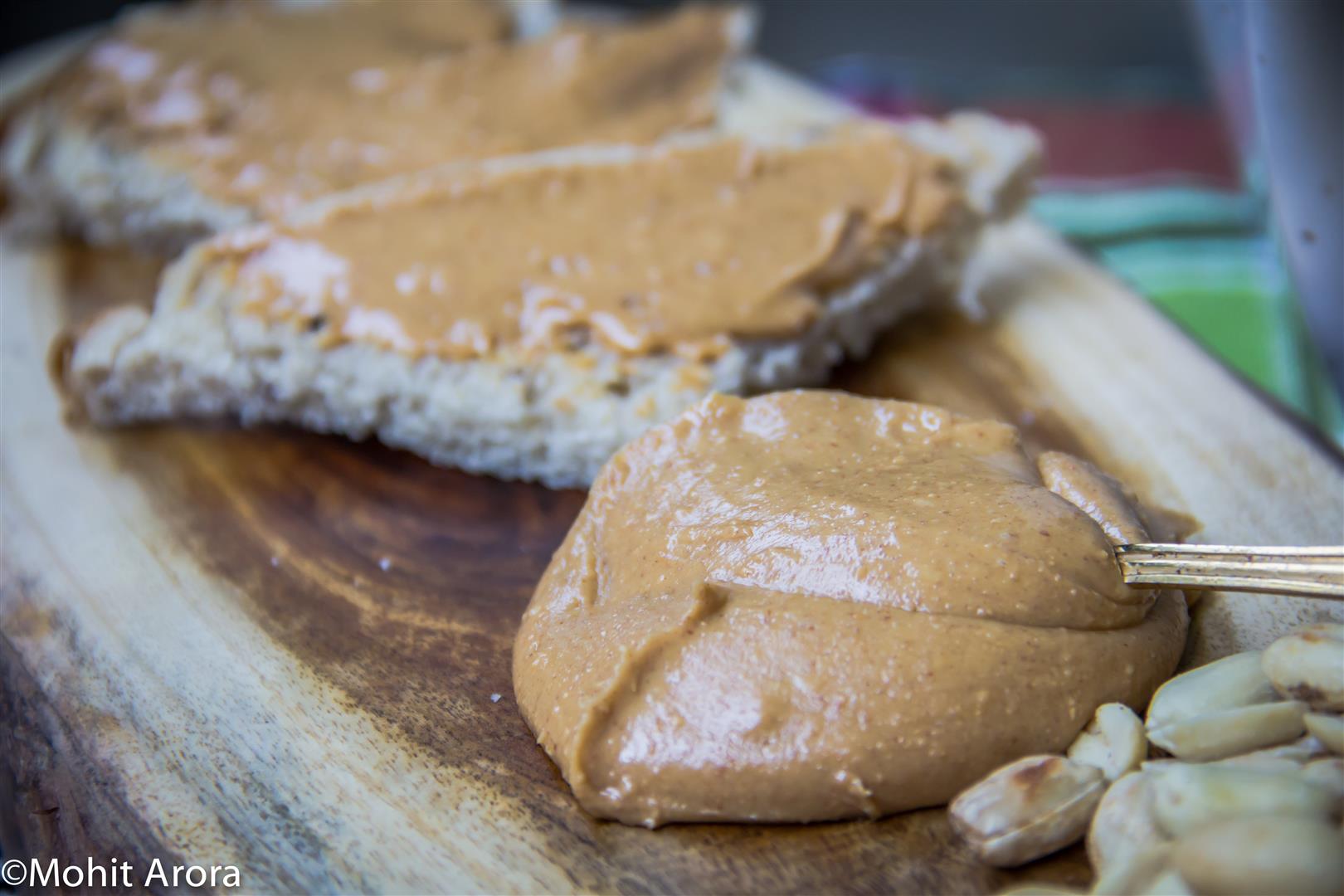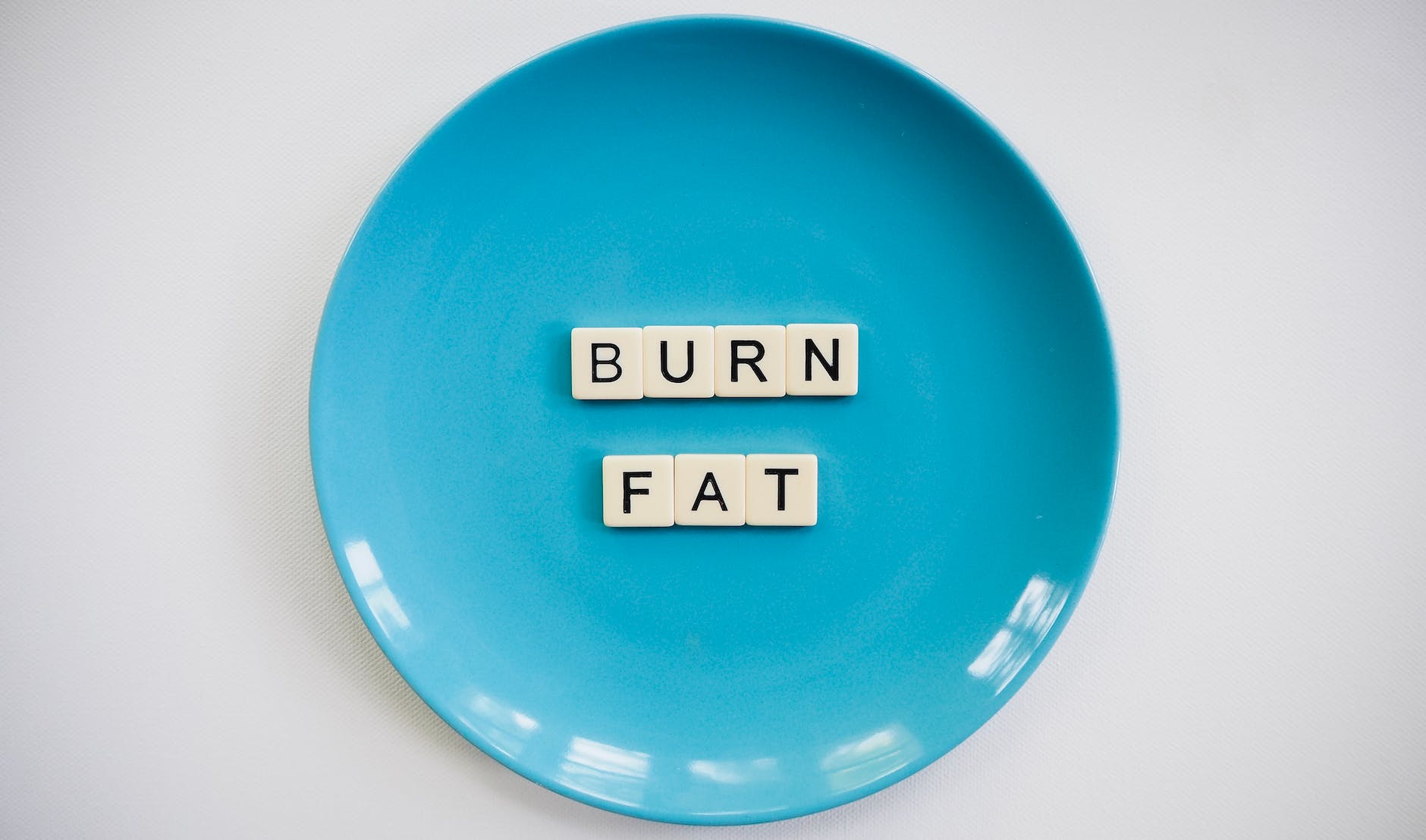
Hello, keto enthusiasts! Today, we’re diving into the world of nutty goodness and exploring the wonders of peanut butter as a delectable option for your keto diet. Peanut butter is a beloved spread that is not only delicious but also packed with essential nutrients. In this post, we’ll guide you through the process of selecting the right peanut butter for your keto lifestyle, examine its nutritional profile in more detail, and provide creative ideas on how to enjoy it while staying low-carb. Get ready to spread the keto love with the perfect peanut butter! 🥜💕
Understanding the Nutritional Profile of Peanut Butter 🌰📊
Peanut butter is a versatile and nutritious spread made from roasted peanuts. Let’s take a closer look at the nutritional benefits of peanut butter and why it can be a great addition to your keto diet:
- Healthy Fats: Peanut butter is known for its high content of healthy fats, primarily monounsaturated fats. These fats have been linked to various health benefits, including improved heart health, reduced inflammation, and better blood sugar control. The monounsaturated fats in peanut butter can help keep you feeling satiated and satisfied, making it a valuable addition to a keto diet that emphasizes a higher fat intake. Additionally, the presence of healthy fats in peanut butter supports the absorption of fat-soluble vitamins found in other foods. 🥜💪
- Protein: Peanut butter is also a good source of plant-based protein. It contains approximately 7-8 grams of protein per serving, making it a convenient way to boost your protein intake, especially for those following a vegetarian or vegan keto diet. Protein is essential for muscle repair and growth, as well as providing a feeling of fullness and satiety. Incorporating peanut butter into your keto meals and snacks can help you meet your daily protein requirements while keeping your carbohydrate intake in check. It’s a nutrient-dense option that provides a wide range of essential amino acids. 🌿🍗
- Vitamins and Minerals: Peanut butter is rich in essential vitamins and minerals that support overall health. It contains vitamin E, a powerful antioxidant that helps protect cells from damage caused by free radicals. Additionally, peanut butter provides essential minerals such as magnesium, potassium, phosphorus, and zinc. These minerals play important roles in various bodily functions, including energy production, bone health, muscle function, and immune system support. The combination of vitamins and minerals in peanut butter contributes to its overall nutritional value and makes it a nutrient-dense choice for keto dieters. ✨🌰
Choosing the Right Peanut Butter for Your Keto Diet 🥄📋
When selecting peanut butter for your keto diet, it’s essential to consider a few key factors:
- Read the Ingredients: To ensure you’re choosing a high-quality peanut butter, read the ingredient list carefully. The ideal peanut butter should contain only one ingredient: peanuts. Avoid brands that add hydrogenated oils, sugars, or preservatives. These additives can increase the carb content and detract from the health benefits of peanut butter. Opt for natural peanut butter that is free from added sugars, oils, and other artificial additives. 📃🥜
- Check the Carb Content: While peanuts themselves are relatively low in carbohydrates, some commercial peanut butters may contain added sugars or fillers that can increase the carb content. It’s crucial to read the nutrition label and choose peanut butter with minimal carbs and no added sugars. Look for peanut butter with less than 5 grams of net carbs per serving. Net carbs are calculated by subtracting dietary fiber from the total carbohydrate count. By opting for low-carb peanut butter, you can enjoy the flavors and benefits of peanut butter while keeping your keto macros on track. 📊🥜
- Consider Natural and Organic Options: Natural and organic peanut butter can be excellent choices for a keto diet. Natural peanut butter is made with minimal ingredients and typically contains just peanuts and maybe a touch of salt. Organic options ensure that the peanuts used are grown without the use of synthetic pesticides or fertilizers. While it’s not a strict requirement for a keto diet, choosing natural and organic peanut butter aligns with a preference for clean and wholesome foods. 🌿🌱
Creative Ways to Enjoy Peanut Butter on Your Keto Diet 🍽️🥜
Now that you’ve selected the perfect peanut butter for your keto diet, let’s explore some delicious and keto-friendly ways to enjoy it:
- Spread it on Low-Carb Bread: Use peanut butter as a spread on keto-friendly bread or wraps. Look for bread options that are low in carbs and high in fiber to keep your net carb intake in check. Add a sprinkle of chia seeds or flaxseeds for an extra boost of healthy fats and fiber. It’s a simple and satisfying way to enjoy the nutty goodness of peanut butter. 🍞🥜
- Blend it in Smoothies: Add a spoonful of peanut butter to your keto-friendly smoothies for a creamy and indulgent twist. Combine it with low-carb fruits like berries or a scoop of protein powder for a filling and nutritious snack or meal replacement. The combination of flavors and textures will leave you craving more. 🥤🍓🥜
- Dip it with Veggies: Peanut butter can be a delicious dip for keto-friendly vegetables like celery sticks, cucumber slices, or bell pepper strips. The combination of the savory crunch of vegetables with the creamy sweetness of peanut butter creates a satisfying and nutrient-packed snack. It’s a great way to add variety and healthy fats to your keto snacking routine. 🥕🥒🥜
- Include it in Keto-Friendly Desserts: Peanut butter can be a star ingredient in keto desserts. From no-bake peanut butter cheesecake to peanut butter fat bombs, there are plenty of recipes that combine the rich flavor of peanut butter with keto-friendly ingredients to create indulgent treats. Just be mindful of the overall carbohydrate content and portion sizes to ensure it fits into your keto macros. 🍰🥜🍮
Incorporate Peanut Butter into Your Keto Lifestyle 🌟🥜
Peanut butter can be a delicious and nutritious addition to your keto diet. Its combination of healthy fats, protein, vitamins, and minerals make it a valuable ingredient that adds flavor, texture, and satisfaction to your low-carb meals and snacks. By choosing the right peanut butter and incorporating it into your keto lifestyle, you can enjoy the benefits and indulge in the nutty goodness of this versatile spread. Spread it on, blend it in, dip it, and savor every delightful moment! 🥜💚












